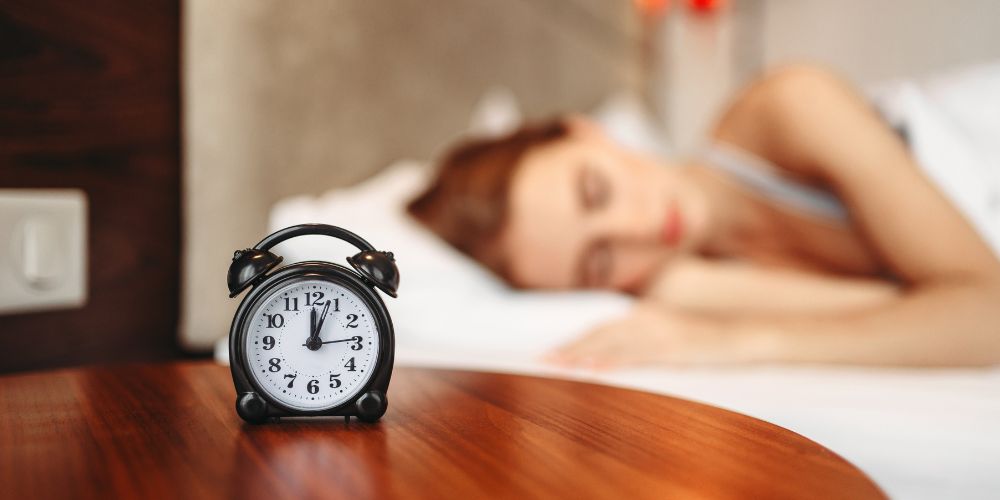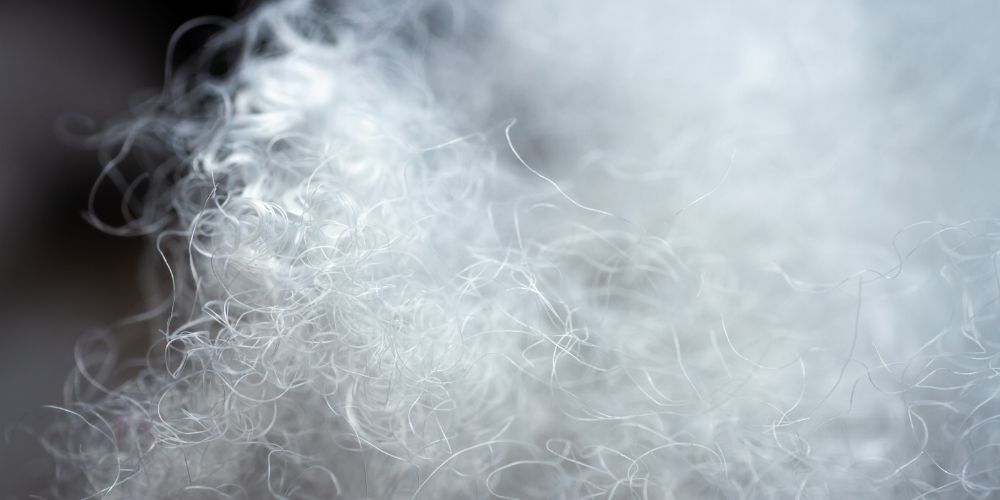
how do you wash a bamboo pillow?
Choosing the Right Detergent
Choosing the appropriate detergent is crucial when cleaning a bamboo pillow. Select neutral, mild, and environmentally friendly detergents, including the well-known mild washing liquids. Strong acid/alkali cleansers and bleach should be avoided because bamboo pillows are mostly made of natural bamboo fibres. Bleach quickly weakens bamboo fibres, reducing their longevity and preventing normal use throughout their lives. Strong acid/alkali cleansers can damage the fibres in the cushion, causing it to become distorted and discoloured.

A closer look at the bamboo cushion
Look closely at the bamboo pillow's construction. While some bamboo pillowcases are one-piece or removable, others feature special fastening methods between the pillowcase and the stuffing. Check to check if it is convenient to separate the pillowcase from the filling before deciding whether to hand wash or machine wash. Additionally, check the bamboo pillow for any obvious, challenging-to-remove stains, such as perspiration or oil. To guarantee proper and efficient cleaning, prepare the required treatments ahead of time if there are any stains that are challenging to remove, such as soaking for oil stains.
How to Regularly Clean Bamboo Pillows
Separate Cleaning (If Detachable)
If the pillowcase and filling of your bamboo pillow are removable, it is recommended that you launder them separately.
To make the pillowcase, prepare a basin of warm water that is at or below 30°C. Then, add an appropriate amount of gentle, eco-friendly laundry detergent. Soak the pillowcase for fifteen to twenty minutes to soften the stains. Next, lightly rub it with your hands, focussing on areas that are prone to grime, such as the corners and collar. To ensure that all of the detergent is removed and to avoid residue, thoroughly rinse with water after rubbing.
Due to the material properties of the infill, hand cleaning is advised. Use warm water and a mild, environmentally friendly laundry detergent to gently rub the filling without exerting too much force, so as not to damage the internal bamboo fibre structure. Soak for no more than 15 minutes to prevent excessive moisture absorption that may affect subsequent use. After washing, gently squeeze out the water without wringing too hard to prevent deformation.
General Cleaning (If Non-Detachable)
When cleaning a single, non-detachable bamboo pillow, exercise additional caution. Reduce the water temperature to less than 30°C in order to make room for bamboo fibres. Overheated water can damage the fibres. Next, choose a low-speed washing option on the washing machine to reduce friction and pulling on the cushion. When cleaning, you can gently squeeze the pillow to assist remove stains, but avoid twisting it too much.
If there are any stubborn stains on the bamboo pillow, begin by using a mild cleaning detergent to gently rub the area for a while. Then submerge it in cold water for about an hour. A clean, soft cloth dipped in a mixture of white vinegar and cornflour should then be used to gently cleanse the contaminated area before soaking it in cold water for another hour. Keep repeating this until the stain disappears. Instead of ironing the pillow in a machine after it has been thoroughly cleaned, try to let it air dry. If form repair requires it, use the lowest temperature setting and iron gently.
How to Deal with Stains That Are Hard to Remove
Prior to stain treatment
Bamboo pillows with tough-to-remove stains can benefit from pre-treatment. After using a mild cleaning solution, gently rub the stain with a soft cloth or your fingers. Be careful not to massage too hard so as not to damage the bamboo fibres. Gently pressing the detergent into the stain will offer initial breakdown and create the foundation for further stain removal, making it easier to remove light oil and sweat stains, which are easier to clean after pre-treatment.
Combining Wiping and Soaking
After pre-treatment, use a combination of wiping and soaking methods to get rid of stubborn stains. Start by soaking the discoloured section of the bamboo pillow in cold water for about an hour. Cold water can protect bamboo fibres from heat-related damage while also softening and removing stains. After soaking, combine white vinegar and cornflour, stir well, and use a soft, clean cloth soaked in the mixture to gently wipe the contaminated area. Wipe along the direction of the texture of the bamboo fibres to minimise damage. After wiping the contaminated area, immerse it in cold water for a further hour. If the stain hasn't been completely gone, repeat the steps of applying detergent, soaking in cold water, wiping with the vinegar and cornflour mixture, and then soaking again. To effectively remove stubborn stains and restore the bamboo pillow's cleanliness, this multi-step process calls for perseverance and close attention to detail.
After Cleaning, Safety and Maintenance Procedures
Technique for Drying
After cleaning the bamboo pillow, choose the proper drying method. The bamboo pillow can be left flat to air dry in a bright, well-ventilated area, such as a spotless sun terrace or a balcony clothes rack, where the sun's rays can disinfect and spread the moisture evenly. Another choice is to air dry indoors in an area with good ventilation, like a hallway with vents or a room adjacent to a window, where the natural circulation of air will remove any moisture.
However, if the bamboo pillow has unique components, such as bamboo charcoal cores, stay out of direct sunlight. High temperatures can degrade the adsorption and breathability of bamboo charcoal and other materials, as well as cause the bamboo fibres to become brittle and more likely to break. This will shorten the bamboo pillow's lifespan and overall quality. In conclusion, use a gentle and appropriate drying method based on the properties of the material to maintain the bamboo cushion in good condition after drying.

Storage Tips
When storing a bamboo pillow, there are several things to take into account. Damp conditions, such as basements or spaces near toilets, can have a major effect on the quality of the bamboo cushion since bacteria and mould can thrive there and degrade the bamboo fibres, producing odours and mould. Rather, put it somewhere cool, dry and well-ventilated, such as a dry corner of the closet or the middle layer of a storage rack.
Turn the bamboo pillow often while keeping it for a long time to increase its longevity and ensure a constant, comfortable sleeping experience. This will help it stay dry and keep its shape.
Cleaning Frequency
There should be a reasonable cleaning routine for bamboo cushions. Because pillowcases come into direct contact with skin and hair and are easily absorbed by dust, dandruff, grease, and other debris, they should typically be washed and replaced once a week. Pillowcases should be cleaned often to maintain hygienic conditions and prevent the growth of bacteria. Because bamboo pillows can clean themselves to some degree and because too much cleaning could shorten their lifespan by destroying the internal structure or surface coating, it is sufficient to clean the entire pillow once every six months.
By following this cleaning routine, you can ensure the bamboo cushion is hygienic and prevent the long-term accumulation of bacteria and mites, which can harm our health by causing skin allergies and respiratory illnesses. Furthermore, it extends the bamboo pillow's useful life, so that, with proper cleaning and maintenance, we can keep taking advantage of the excellent sleep it provides for a long time. However, the types and materials of bamboo cushions might vary, and you can also refer to the manufacturer's instructions for information on how frequently to clean them.






